Are you a Jeep Cherokee owner experiencing issues with your headlight switch? You’re not alone. Many Jeep Cherokee owners face problems with their headlight switches, which can be frustrating and even dangerous. In this comprehensive guide, we’ll provide you with all the information you need to diagnose and fix your headlight switch problems quickly and effectively.
But why is it so important to address headlight switch problems promptly? Well, for starters, faulty headlights can make it difficult to see the road ahead, especially at night or in poor weather conditions. This can put you and other drivers at risk of accidents. Additionally, non-functional dashboard lights can make it difficult to monitor your vehicle’s performance and keep you aware of important warnings or alerts.
In this article, we’ll cover the most common symptoms of a faulty headlight switch, the causes of these problems, how to diagnose and fix them, and practical tips to prevent them in the future. Whether you’re a seasoned DIY mechanic or just starting out, we’ve got you covered with easy-to-follow instructions and troubleshooting tips.
So, let’s dive in and help you get your Jeep Cherokee’s headlight switch back in working order!
Symptoms of a Faulty Headlight Switch
As a Jeep Cherokee owner, you may have noticed some strange behaviour from your headlights lately. Perhaps they’re flickering, not turning on at all, or causing problems when switching between different modes. These symptoms can be a sign of a faulty headlight switch, and it’s important to address them promptly.
Flickering headlights are a common symptom of a faulty headlight switch, and they can be caused by a variety of issues, such as loose wiring, damaged connectors, or a malfunctioning switch. Non-functional headlights, on the other hand, can be caused by a blown fuse, a bad relay, or a faulty head light switch. When your dash lights don’t turn on, this can also be a sign of a headlight switch problem.
But what about problems when switching headlight modes or difficulties with the high beam mode? These can also be symptoms of a faulty headlamp switch, and they may be caused by worn-out contacts or a malfunctioning switch.
So why do these symptoms occur in the first place?
As with many automotive problems, there can be a variety of causes, including wear and tear, environmental factors (such as exposure to moisture or extreme temperatures), or damage to wiring or connectors.
By understanding these common symptoms and their causes, you can be better equipped to diagnose and fix headlamp switch problems in your Jeep Cherokee
These symptoms all indicate potential or the same problem with your headlight switch, and it’s important to address all the lights to ensure your safety on the road. In the next section, we’ll discuss the common causes of headlight switch problems and provide more insight into why these symptoms occur.
Causes of Jeep Cherokee Headlight Switch Problems
It’s important to understand the root causes behind these issues. There are several possible reasons why your headlight switch may be malfunctioning, including faulty wiring, damaged connectors, and wear and tear over time.
For example, damaged or corroded wiring can cause electrical signals to be disrupted, leading to problems with your headlights. Similarly, a worn or damaged connector can cause issues with power, which can prevent your headlights from functioning properly.
Other switch problem occurs in Jeep Cherokees from blown fuses, relays, or modules, as well as problems with the high beam switch or relay. If your headlight switch is not properly sending signals to the relay or module, it can cause problems with your headlights.
Another issue that can lead to headlight switch problems is a burned-out bulb. Over time, your headlights will naturally wear out, and if not replaced promptly, this can lead to the switch becoming overworked and eventually malfunctioning.
If you figure out the various causes of headlamp switch problems in Jeep Cherokees, you can take proactive steps to prevent these issues from arising. Regular maintenance, including inspecting and replacing worn-out components, can help keep your headlight position in proper working order.
How to Diagnose a Faulty Headlight Switch
If you suspect that your Jeep Cherokee is experiencing headlight switch problems, it’s essential to diagnose the issue so that you can take steps to address it. Here’s a step-by-step guide on how to interpret a faulty headlight switch:
Step 1: Check the bulbs
The first step in diagnosing a headlight switch problem is to check the bulbs. Ensure that the bulbs are properly inserted and not burned out. If the bulbs are in good condition, proceed to the next step.
Step 2: Check the fuses and relays
Next, check the fuses and relays for the headlights. If any of these components are blown or malfunctioning, they can cause problems with your headlights.
Step 3: Inspect the Switch
If the bulbs and fuses are okay, move on to inspecting the headlight switch. Start by checking the contacts and connectors for damage or corrosion. You can use a multimeter to test the switch’s continuity and ensure that it’s functioning properly.
Step 4: Inspect the wiring and connectors
If the switch checks out, it’s time to move on to the wiring. Inspect the wiring harness for signs of damage, such as frayed wires or broken connectors. Check for proper grounding and continuity.
Step 5: Test the headlight switch
Use a multimeter to test the headlight switch for continuity. Ensure that the switch is sending the proper signals to the relays and fuses.
Step 6: Replace the Switch
If you’ve ruled out the fuse, bulbs, wiring, and switch contacts, it’s likely that the switch itself needs to be replaced. You can purchase a replacement headlight switch from your local dealer store or online. Be sure to follow the manufacturer’s instructions for installation.
If you’ve gone through these steps and are still having issues with your headlights, you may need to take your Jeep Cherokee to a dealer to diagnose the issue.
Tips and Tricks
Some tips and tricks for troubleshooting headlight switch problems include inspecting the headlight switch for physical damage, such as cracks or chips, and checking for any error codes that may be stored in your Jeep’s onboard diagnostic system.
Additionally, it’s important to check for any signs of moisture or water damage in the headlight switch or wiring, as these can cause electrical problems. By taking a thorough approach to diagnosing headlight switch problems, you can identify the root cause of the issue and take the necessary steps to fix it.
If you’re having trouble diagnosing the issue, don’t be afraid to seek the help of a professional mechanic who has experience with Jeep Cherokees.
How to Fix a Faulty Headlight Switch
Fixing a faulty headlight switch in your Jeep Cherokee may seem like a daunting task, but with the right tools and knowledge, it’s a job that you can tackle yourself.
Replacing the Switch
One of the most common fixes for a faulty headlight switch is simply replacing the switch. Start by disconnecting the negative battery cable. Then, remove the old switch by loosening the mounting screws or clips and disconnecting the wiring harness. Install the new switch and reattach the wiring harness and mounting screws or clips.
Repairing the Wiring:
If the issue lies with the wiring, repairing it may be necessary. Start by inspecting the wiring harness for damage, such as frayed wires or broken connectors. If you find damaged wiring, use wire strippers to remove the damaged section and replace it with a new piece of wire.
Be sure to connect the new wire using crimp connectors or solder and heat shrink tubing. If the issue is with the connectors, use a small flat-head screwdriver or pliers to gently tighten any loose connections.
Troubleshooting Guide
If the new switch is not working, double-check the wiring circuit.
If the switch is working, but the headlights are still not working, check the wiring harness and connectors for damage or corrosion.
If you are having trouble with the high beam mode, check the high beam relay or switch for issues.
Check the instrument panel dimmer switch fuse and wiring if the dashboard gauge lights are not turning on.
Fixing a faulty headlight switch in your Jeep Cherokee can be a bit challenging, but it’s a job that you can handle with the right tools, materials, and troubleshooting knowledge.
Remember to always start with the simplest solutions and work your way up to more complex troubleshooting as needed. With a bit of patience and perseverance, you can get your headlights working like new again.
Preventing Headlight Switch Problems in the Future
Prevention is always better than cure, and the same holds true for headlight switch problems in a Jeep Cherokee. Here are some practical tips and strategies to help prevent headlight switch problems in the future:
Regular maintenance: occasionally, it is essential to keep your Jeep Cherokee in top condition. Schedule regular check-ups with your mechanic, and have them inspect your headlights and headlight switch during the process.
Checking wiring and connectors: Wiring and connectors can get damaged over time, and this can cause headlight switch problems. Inspect your Jeep Cherokee’s wiring and connectors regularly, and replace any damaged components as needed.
Keep an eye on your headlights: It’s important to be aware of any changes in your headlights’ behaviour. If you notice flickering or dimming, it could be an indication of a problem with the headlight switch. Catching these issues early on can help prevent bigger problems from developing.
Be gentle with the switch: Another way to prevent headlight switch problems is to be gentle when using the switch. Don’t yank or pull on it, and avoid applying excessive force when switching modes. This can help prevent damage to the switch and reduce wear and tear on the electrical system.
Avoiding overloading electrical systems: Overloading electrical systems can cause damage to the headlight switch and other components. To prevent this, avoid adding too many accessories or electrical devices to your Jeep Cherokee.
Using high-quality parts: Always use high-quality parts when repairing or replacing your Jeep Cherokee’s headlight switch. This will help ensure that the switch works properly and lasts longer.
By following these tips and strategies, you can help prevent headlight switch problems in your Jeep Cherokee. Regular maintenance and careful use can go a long way in prolonging the lifespan of your vehicle’s headlight switch.
Conclusion
Headlight switch problems can be a frustrating issue for Jeep Cherokee owners. They can cause a range of symptoms, from flickering headlights to non-functional dashboard lights. In this article, we’ve discussed the root causes of headlight switch problems, as well as how to diagnose and fix them. We’ve also provided practical tips for preventing headlight switch problems in the future.
If you’re experiencing headlight switch problems with your vehicle, our recommendations are to first diagnose the issue using the step-by-step guide we provided in section 3. Once you’ve identified the problem, you can follow the repair process outlined in section 4.
Finally, take proactive steps to prevent future issues by performing regular maintenance, being aware of changes in your headlights, being gentle with the switch, and investing in high-quality replacement parts.
In conclusion, headlight switch problems can be a nuisance, but with the right knowledge and tools, they can be resolved. We hope this article has provided you with the information you need to diagnose and fix headlight switch problems in your vehicle, and to prevent them from happening in the future.

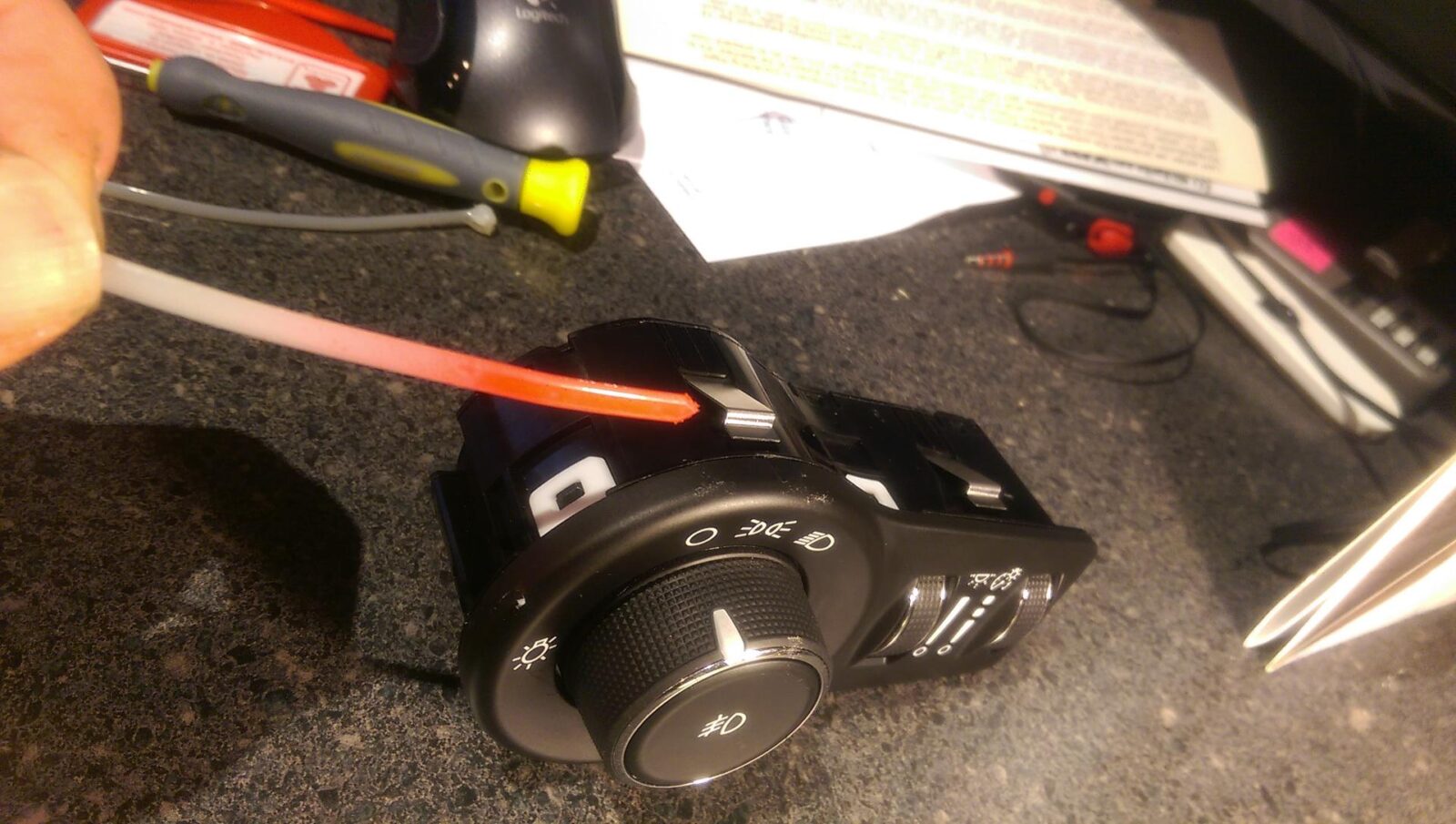
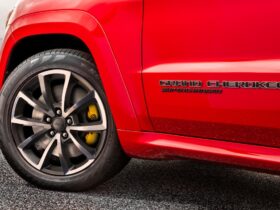

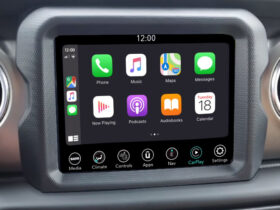

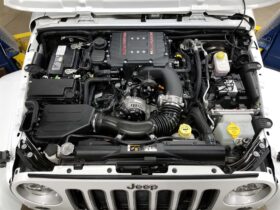
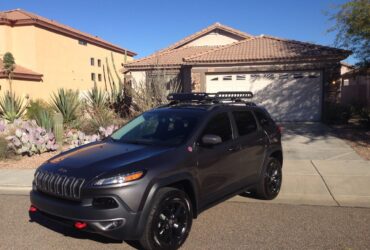
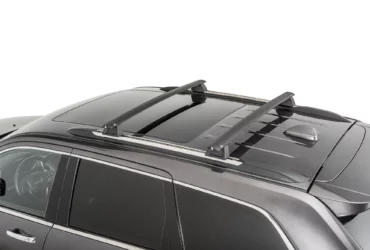
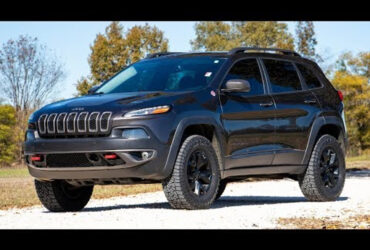

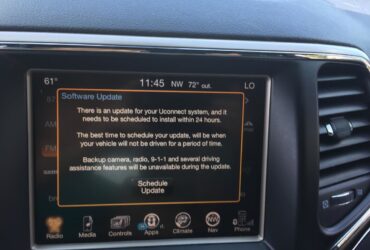
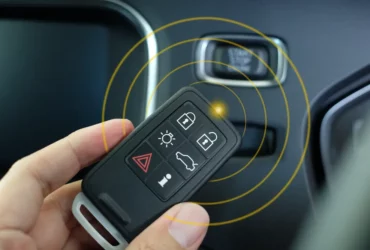
Leave a Reply